
Education in Canada is for the most part provided publicly, and is funded and overseen by provincial, territorial and local governments. Education is within provincial jurisdiction and the curriculum is overseen by the province. Education in Canada is generally divided into primary education, followed by secondary education and post-secondary. Within the provinces under the ministry of education, there are district school boards administering the educational programs.
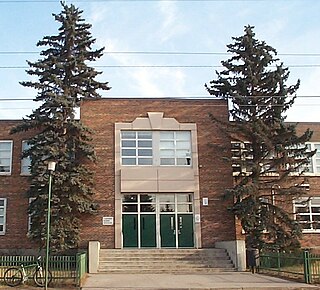
Queen Elizabeth High School (QEHS) is a Canadian public combined junior and senior high school in Calgary, Alberta, which teaches grades 7 through 12. The junior (7–9) and senior high (10–12) programs share a common principal, many teachers, and other resources of the school. It is operated by the Calgary Board of Education. QEHS operates separately from Queen Elizabeth Elementary School, even though the two schools are physically adjacent to each other.
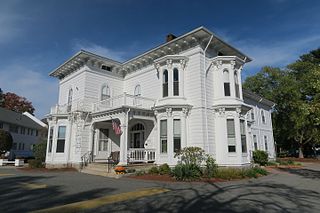
The Learning Center for the Deaf (TLC) is a Framingham, Massachusetts-based non-profit organization and school serving deaf and hard-of-hearing children and adults.
Bilingual–Bicultural or Bi-Bi deaf education programs use sign language as the native, or first, language of Deaf children. In the United States, for example, Bi-Bi proponents claim that American Sign Language (ASL) should be the natural first language for deaf children in the United States, despite the majority of deaf and hard of hearing being born to hearing parents. In this same vein, the spoken or written language used by the majority of the population is viewed as a secondary language to be acquired either after or at the same time as the native language.

The Ernest C. Drury School for the Deaf is a provincial school in Milton, Ontario, Canada with residential and day programs serving elementary and secondary deaf and hard-of-hearing students.
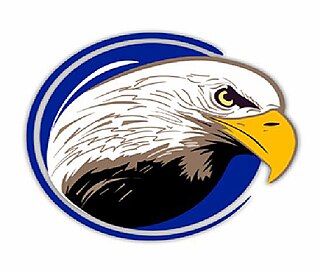
Marlton School is a KG–12 public special school for the deaf and hard of hearing students in Los Angeles, California, United States. It was established in 1968 and is part of the Los Angeles Unified School District.

Delaware School for the Deaf (DSD) is a public K–12 school located on East Chestnut Hill Road in Brookside, Delaware, United States; It has a Newark postal address. The Christina School District operates the school, but because it is state-funded, the budget is separate from the rest of the district DSD operates Delaware Statewide Programs for the Deaf, Hard of Hearing, and Deaf-Blind.
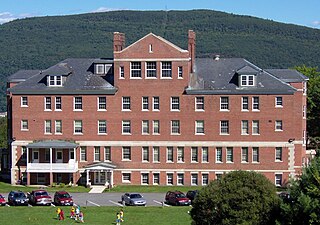
The Austine School for the Deaf, now closed, in Brattleboro, Vermont, was an independent, coeducational day and residential school for deaf and hard-of-hearing children age four to eighteen from New England and New York.
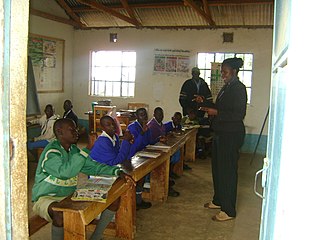
Deaf education is the education of students with any degree of hearing loss or deafness. This may involve, but does not always, individually-planned, systematically-monitored teaching methods, adaptive materials, accessible settings, and other interventions designed to help students achieve a higher level of self-sufficiency and success in the school and community than they would achieve with a typical classroom education. A number of countries focus on training teachers to teach deaf students with a variety of approaches and have organizations to aid deaf students.

The Sir James Whitney School for the Deaf is a provincial school in Belleville, Ontario with residential and day programs serving elementary and secondary deaf and hard-of-hearing students.
The Alberta School for the Deaf is a provincial school in Edmonton, Alberta with elementary and secondary residential and day programs serving deaf and hard-of-hearing students.

The British Columbia School for the Deaf is a provincial school in Burnaby, British Columbia with day programs serving deaf and hard-of-hearing students. The school teaches secondary students. It shares a campus with Burnaby South Secondary School, for hearing students, serving around 50 students.
The Robarts School for the Deaf is a provincial school in London, Ontario with residential and day programs serving elementary and secondary deaf and hard-of-hearing students.
The MacKay School for the Deaf is a provincial school in Montreal, Quebec, Canada with day programs serving deaf and hard-of-hearing students.
The history of deaf education in the United States began in the early 1800s when the Cobbs School of Virginia, an oral school, was established by William Bolling and John Braidwood, and the Connecticut Asylum for the Deaf and Dumb, a manual school, was established by Thomas Hopkins Gallaudet and Laurent Clerc. When the Cobbs School closed in 1816, the manual method, which used American Sign Language, became commonplace in deaf schools for most of the remainder of the century. In the late 1800s, schools began to use the oral method, which only allowed the use of speech, as opposed to the manual method previously in place. Students caught using sign language in oral programs were often punished. The oral method was used for many years until sign language instruction gradually began to come back into deaf education.
With 41 accredited teacher education programs, Illinois State University is one of the premier teaching preparation institutions in the nation. The College of Education offers a range of undergraduate and graduate teacher education and administrator preparation programs and certificates.

Marie Jean Philip was a leader in both the American and international Deaf community. She advocated for the right to a natural sign language for Deaf people. Marie was one of the original researchers studying ASL and Deaf Culture. She was active in establishing American Sign Language (ASL) as a recognized language in the colleges of Massachusetts in the early 1980s. Later, Marie was the Bilingual-Bicultural Coordinator at The Learning Center for the Deaf in Framingham, Massachusetts.
Co-enrollment is an instructional approach that brings deaf or hard of hearing students and hearing students together in a classroom. It is distinguished from mainstreaming approaches in several ways and more closely follows bilingual and dual language education practice and goals. In the 1960s and 1970s, many schools for the deaf in Scandinavia moved from an oral approach to a bilingual model. During the 1980s, many schools for the deaf in the United States began implementing bilingual curriculum under a bilingual-bicultural education model. During the 1980s and 1990s, this model was widely adopted around the globe. Co-enrollment extends the bilingual educational approach to include hearing students as well, with varying emphasis on Deaf culture. Programs following this model provide all students with access to signed, spoken and written language.
Kendall Demonstration Elementary School (KDES) is a private day school serving deaf and hard of hearing students from birth through grade 8 on the campus of Gallaudet University in the Trinidad neighborhood of Washington, D.C. Alongside Model Secondary School for the Deaf, it is a federally funded, tuition-free demonstration school administered by the Laurent Clerc National Deaf Education Center at Gallaudet University.
Dr. Laurene Simms is a Deaf American educator and advocate. She is the Chief Bilingual Officer at Gallaudet University.











